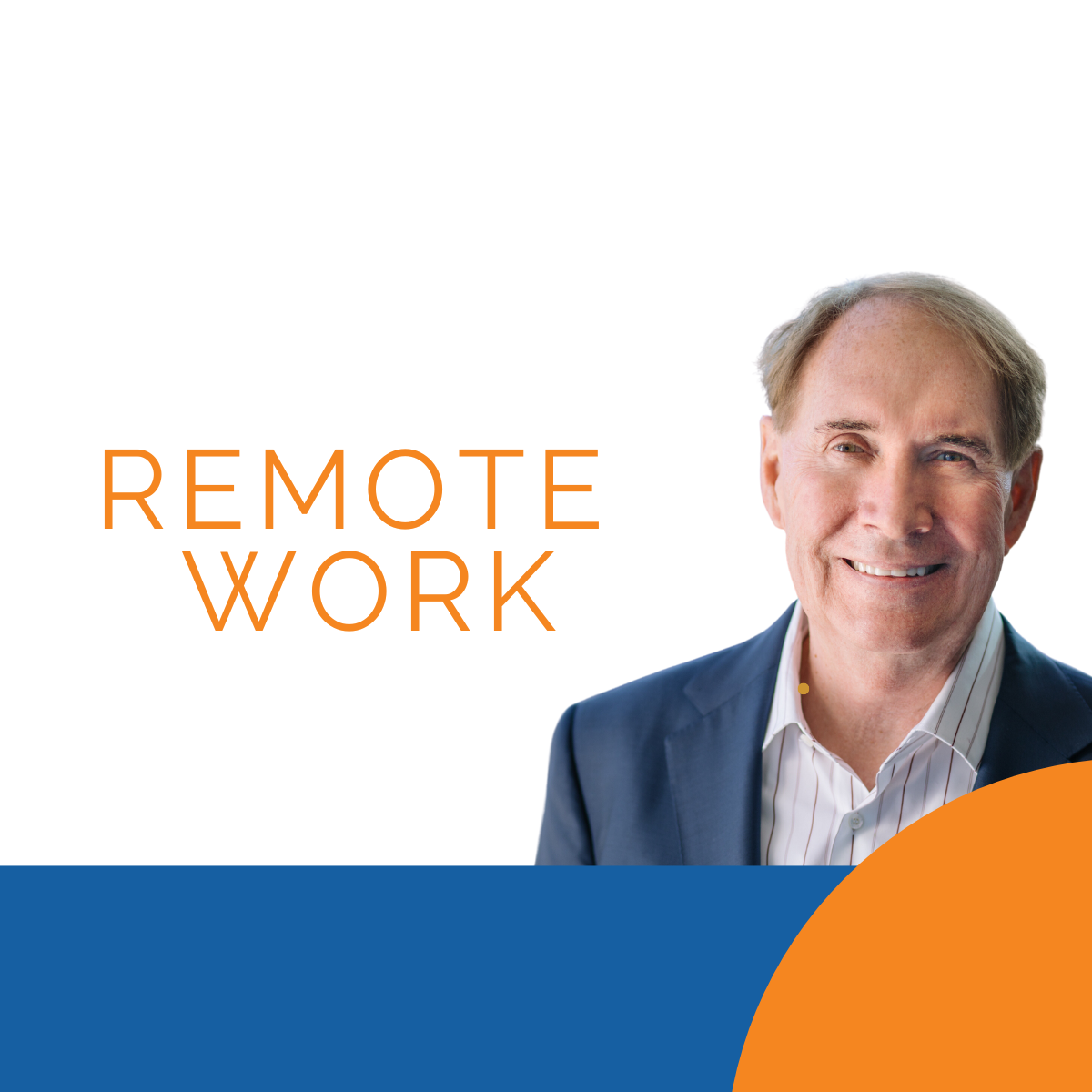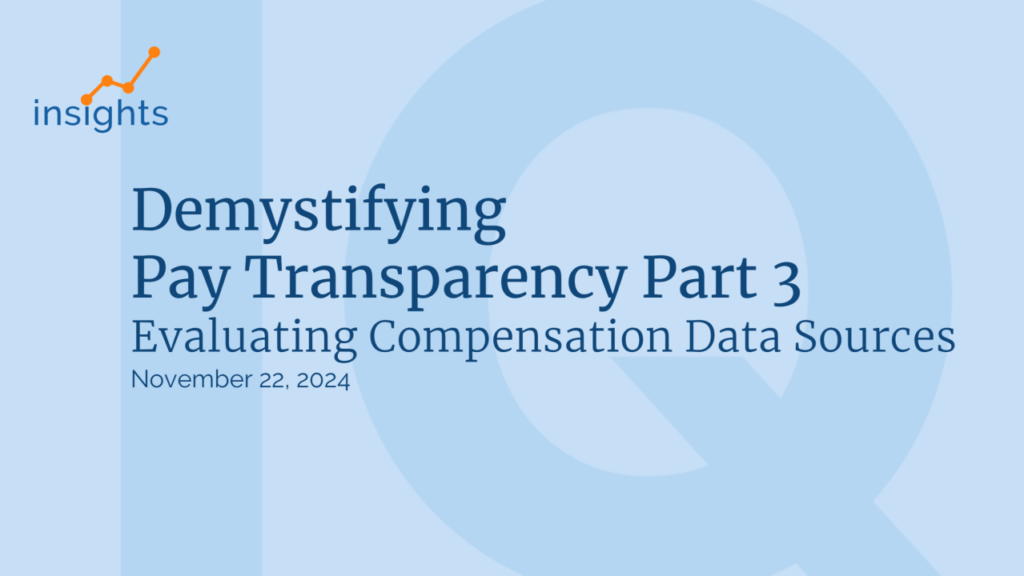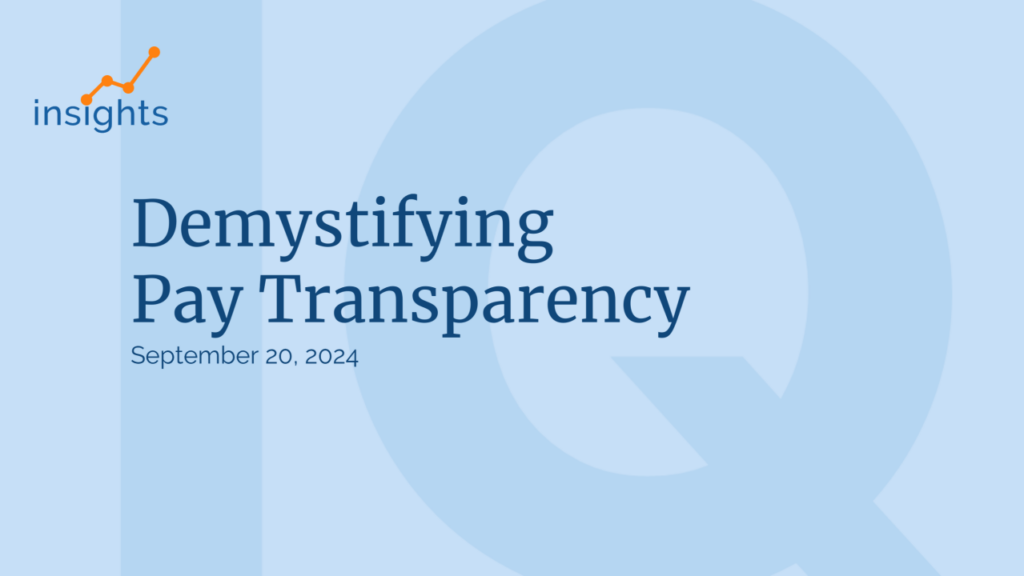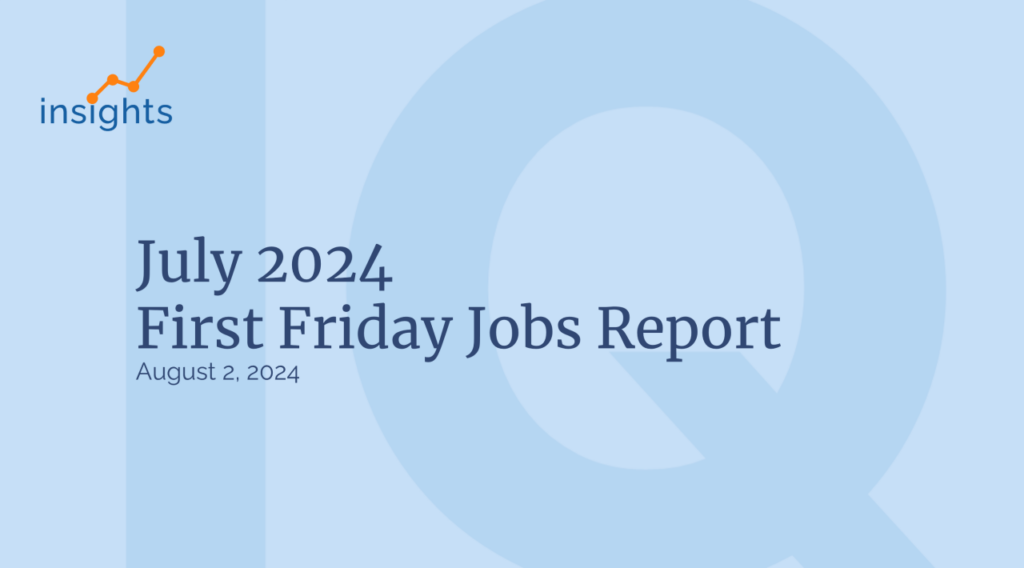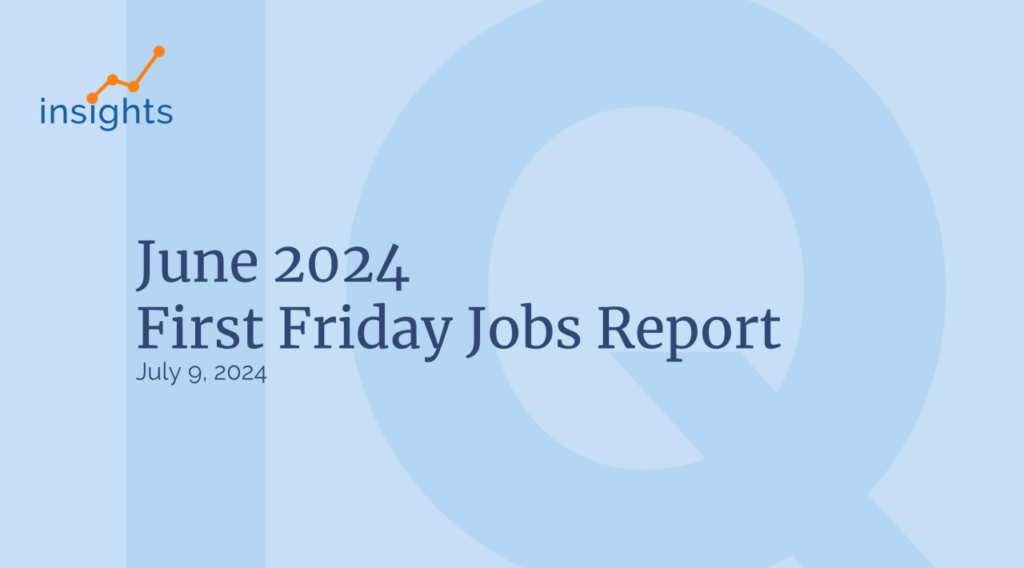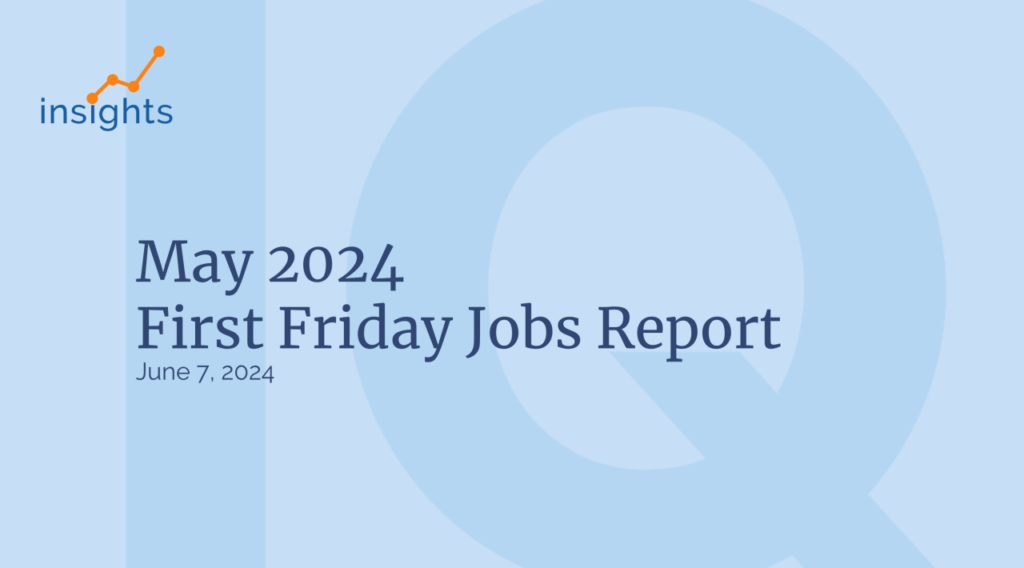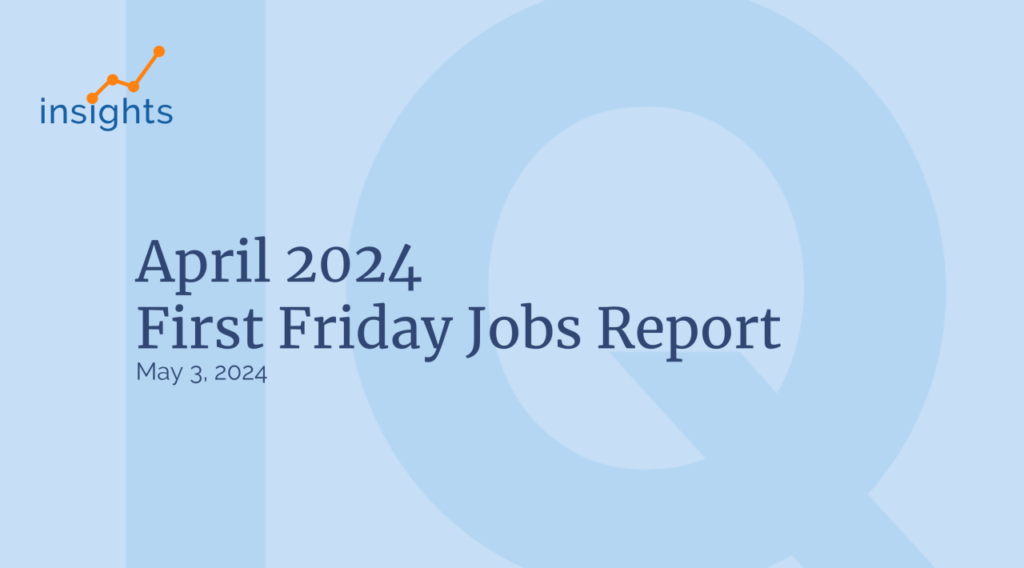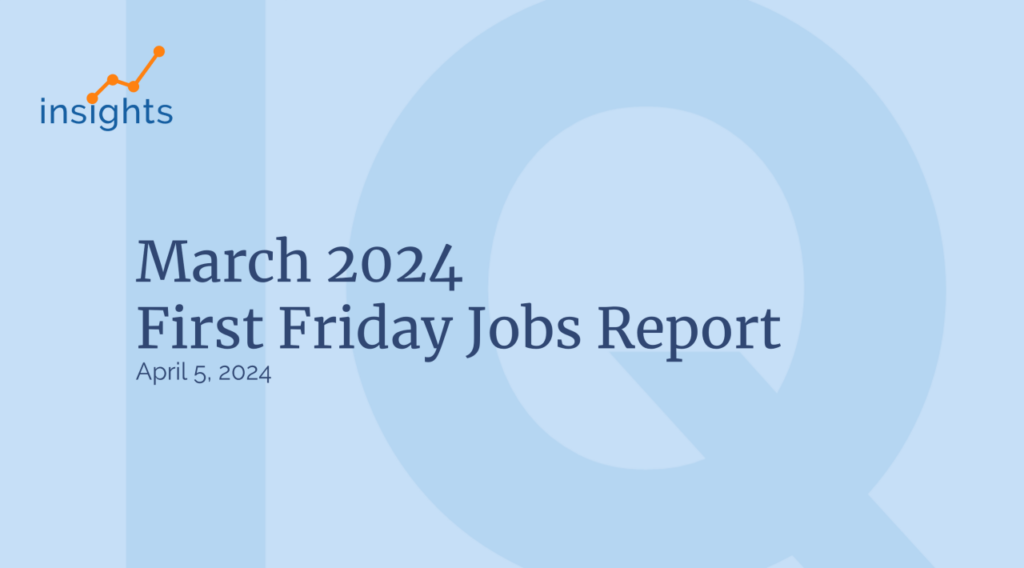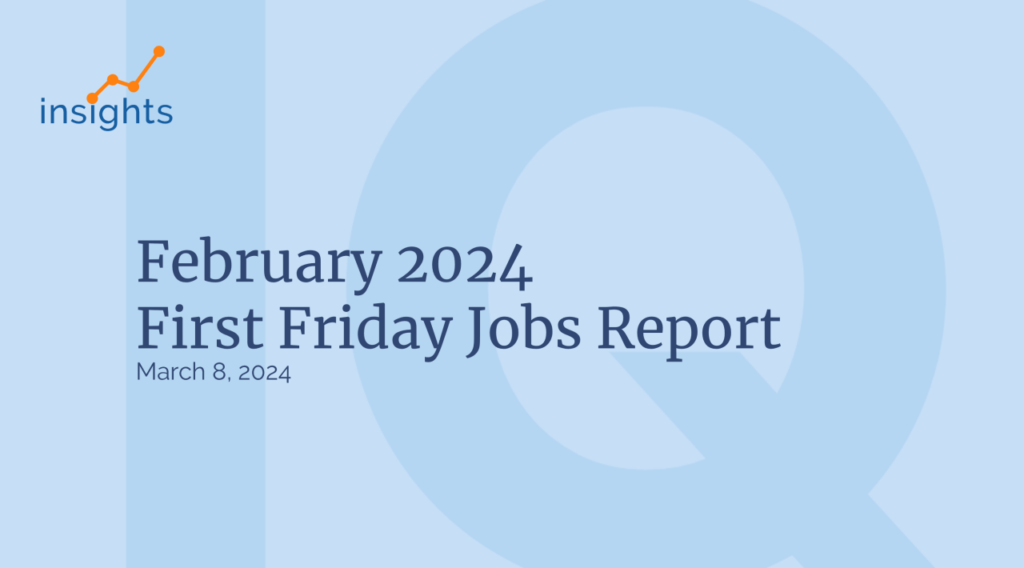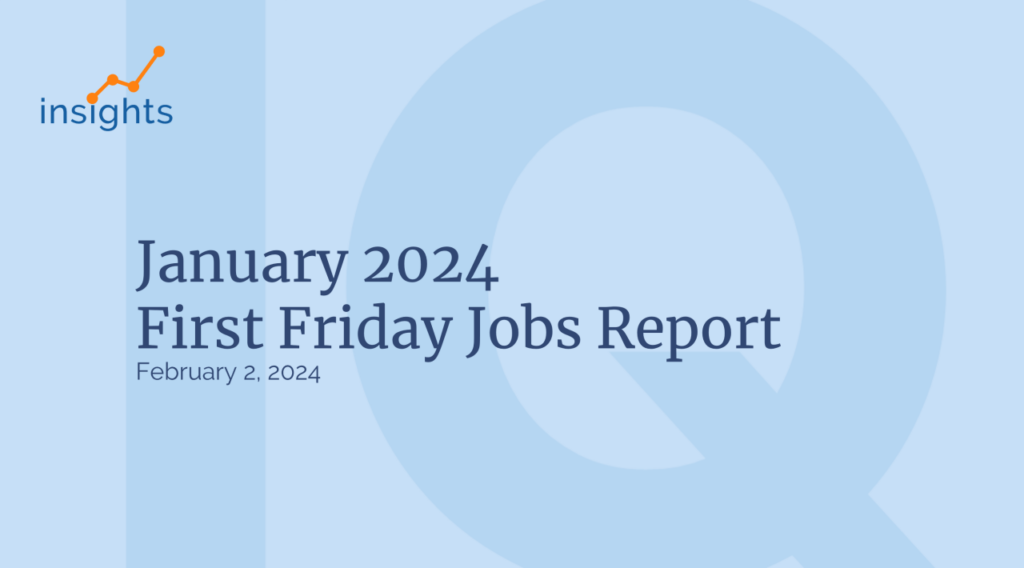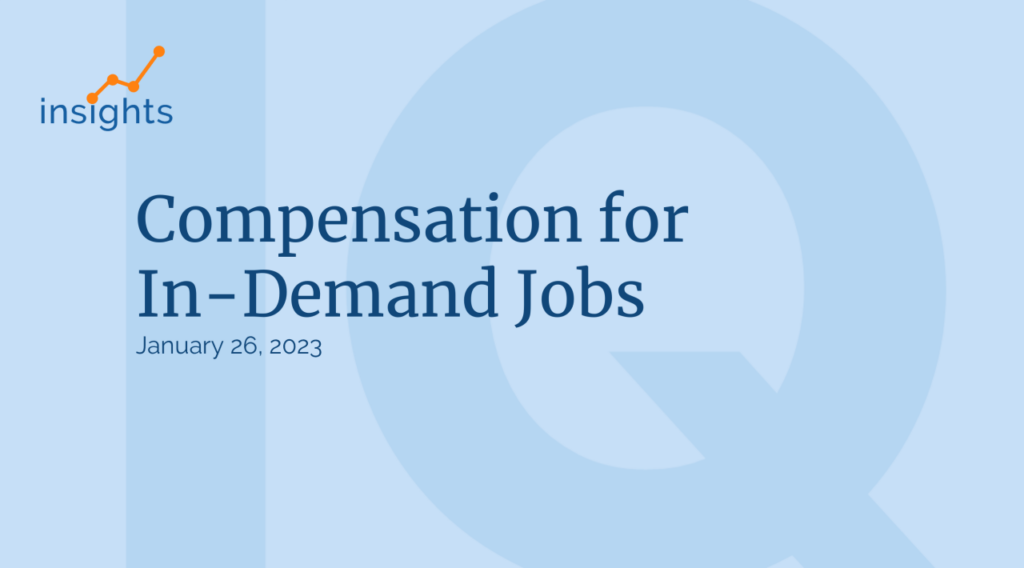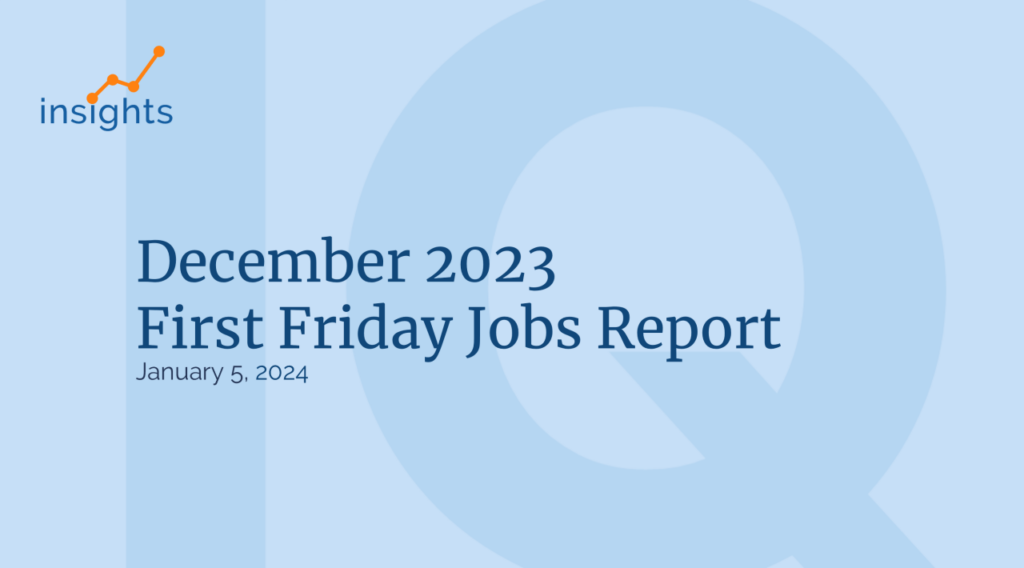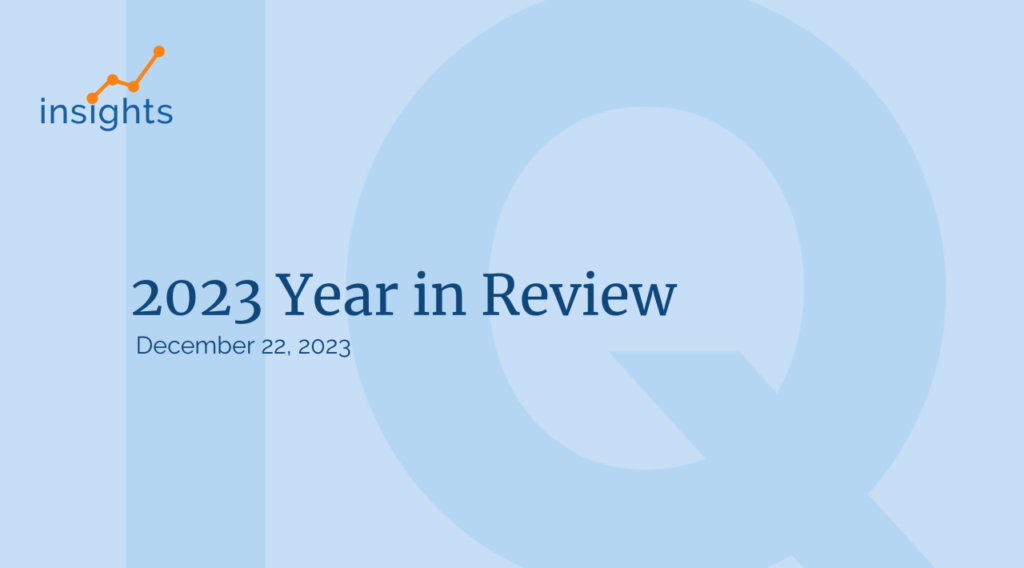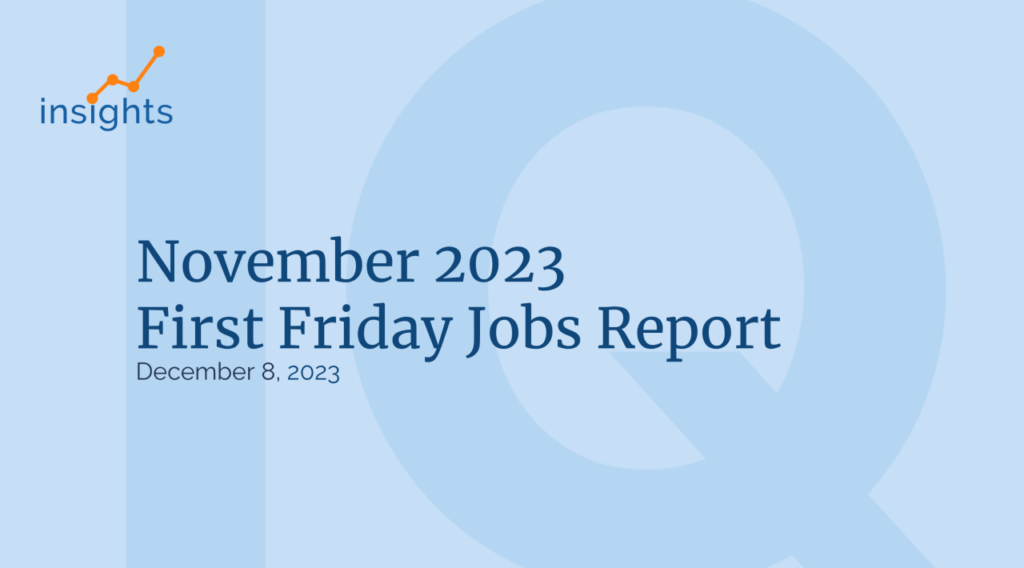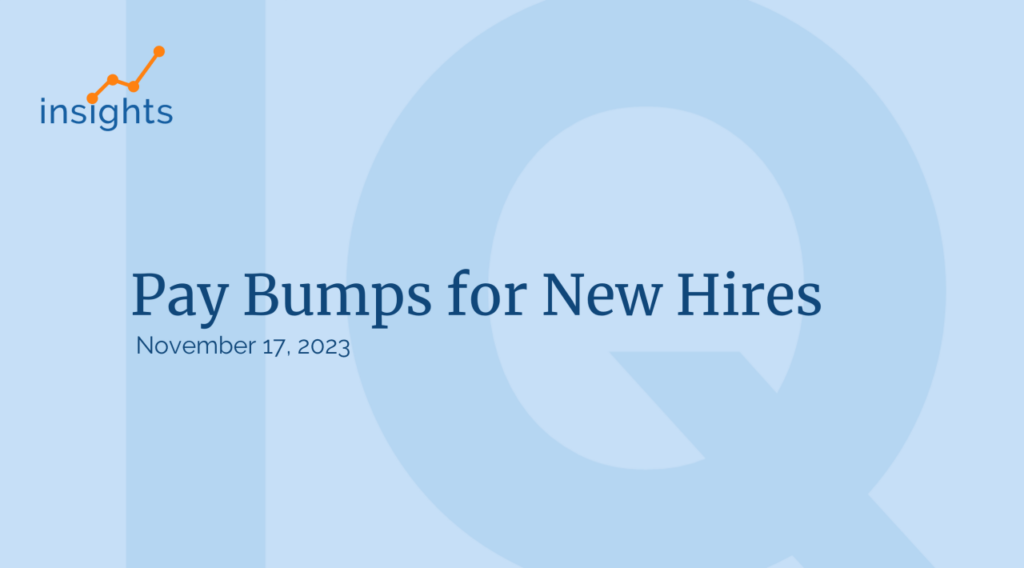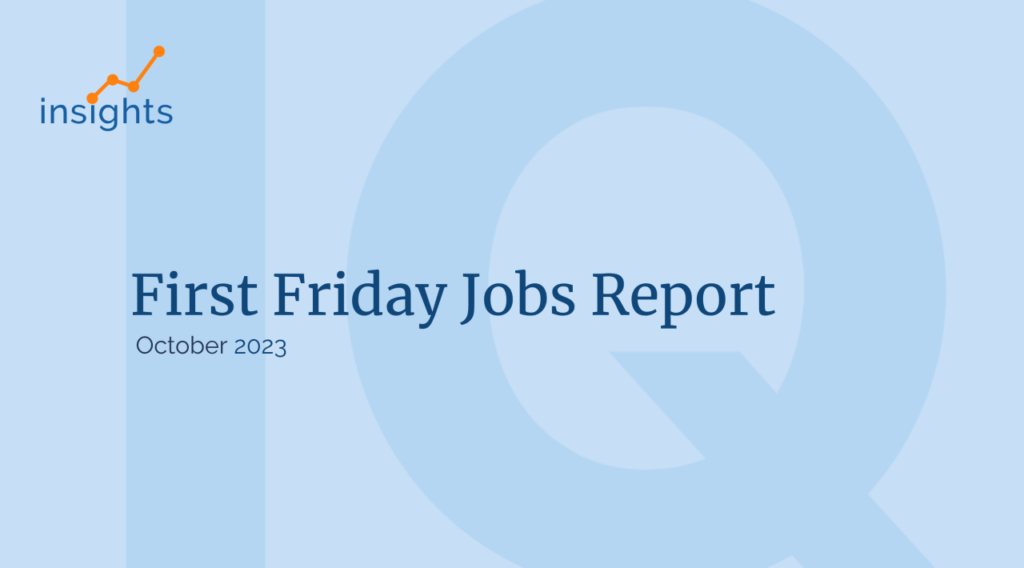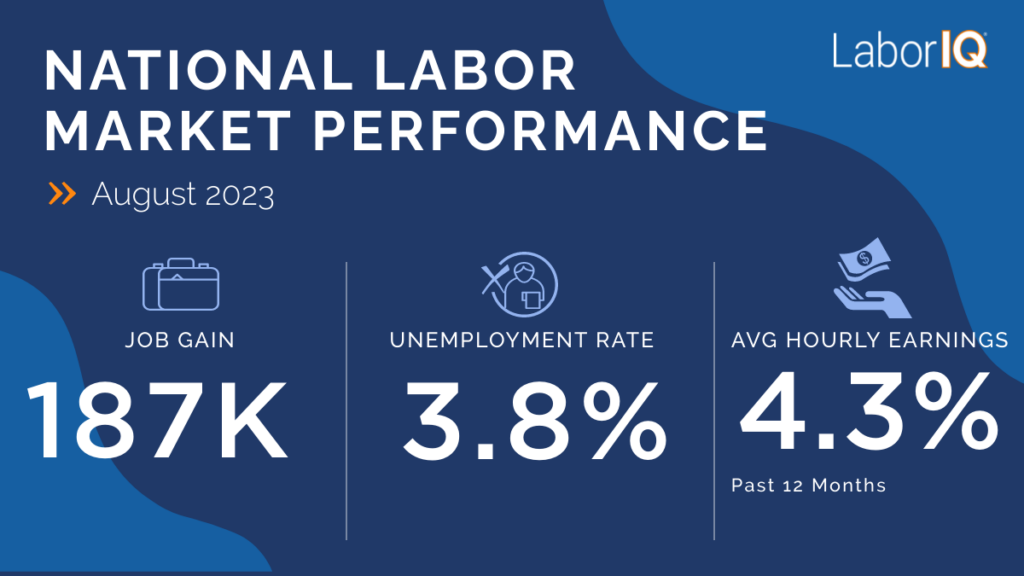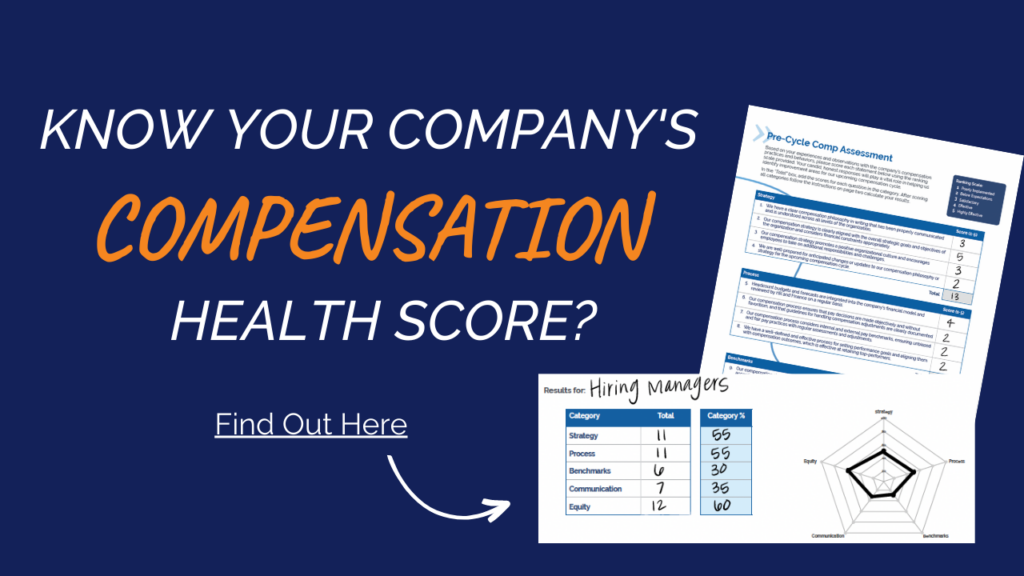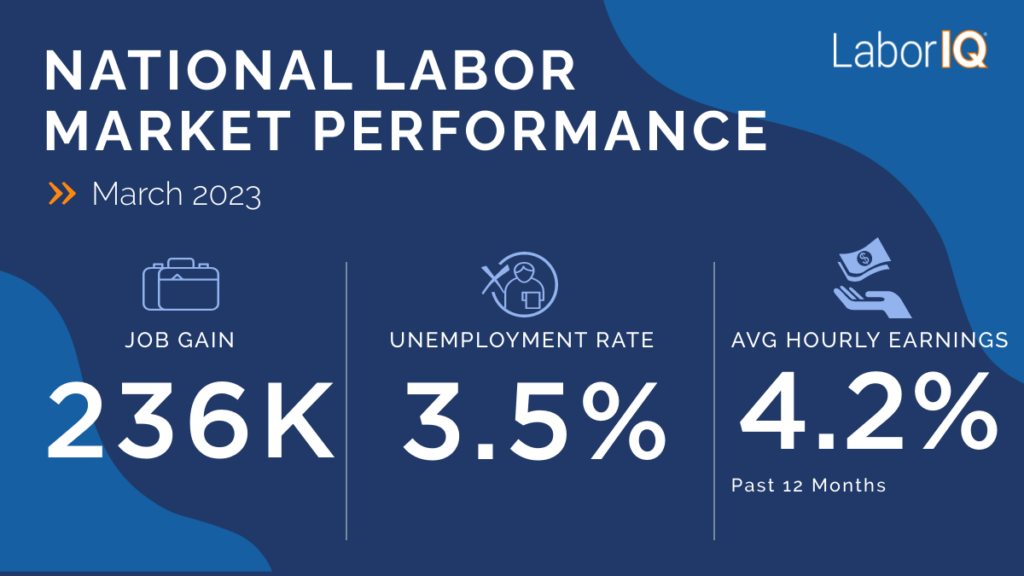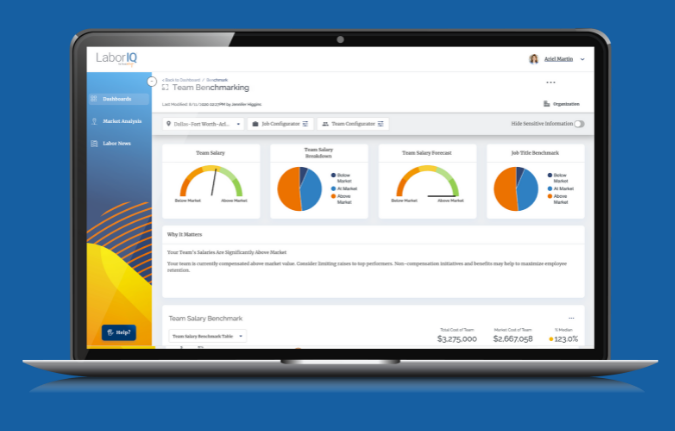This Baby Boomer grew up at a time when men worked in an office for at least eight hours a day; sometimes seven days a week. Later, women joined the in-office workforce while bearing the bulk of the housework and child-rearing responsibilities. Working remotely was not on any company’s planning board.
Then the Pandemic hit in 2020 and it let the proverbial “genie out of the bottle”, requiring almost everyone to work from home. The many benefits and problems of a remote workforce became more evident to both the employer and the employee. Since the Pandemic, companies have learned to operate remotely, opening the door to a better or at least more flexible working life. Some of the headlines we read talk about “required to return to office”, but at LaborIQ, we are seeing that clients are interested in more remote work positions.
When you give it more thought and study, there are many bottom-line benefits to a remote workforce.
In an effort to control costs due to the softening of the economy, businesses want to reduce expenses while maintaining a high level of efficiency that might not occur if they reduced headcount. One way to accomplish this is to move from HQ employees to remote employees in metropolitan areas where salary levels are lower than in their HQ location.
For example, one client headquartered in the San Francisco Bay Area, searched for metropolitan areas where they could hire customer service, human resource managers, accountants, and recruiting personnel at lower salaries than for the same job in their HQ area. The client thinks this strategy should eventually result in lower occupancy costs. (Payroll and occupancy costs are the largest expenses for most companies.) Employee retention should improve too, reducing burnout and improving engagement.
The Client operated remotely during most of 2020 and progressed to a 3/2 in-office/remote work formulation in 2022 until today. This gave them significant experience working with remote team members to pursue remote employees for these job titles. On average, about 80% of these jobs would be remote; the remainder would be on the 3/2 hybrid schedule at the HQ.
For remote employees, an article in the Wall Street Journal on May 31, 2023, by Ray Smith and Julia Carpenter titled “We Asked Workers Why They’re Not Coming Back to the Office” found high costs for meals, childcare, caregiving and commutes were the major reasons. Also, the employees reported “feeling that they are able to do their jobs competently from anywhere” and “can’t envision returning to a five-day office routine, even if they’re missing career development or winding up on the company layoff list.” These benefits should enable the Client to find a large pool of qualified candidates to work fully remote in its target markets.
And to add to the bottom-line benefit argument, the supply of employees wanting to work remotely will increase as “the share of companies planning to keep office attendance voluntary, rather than mandatory, is dropping”. (Source: CBRE’s “Spring 2023 U.S. Office Occupier Sentiment Survey). This back-to-the-office push will force many employees to seek employment opportunities with employers who offer remote options. Employers that are willing to accept fully remote talent for certain job titles will be at an advantage to hire top talent at lower costs, depending on the metro and job title.
The number of days working from home is stabilizing at around 28%. The Survey of Working Arrangements and Attitudes (SWAA) (published monthly) for June 2023 reports that the percentage of days worked from home from January through May averaged 28.1%, down slightly from the average for 2022 of 30.3%. From December to January the percentage fell from 29.3% to 27.2%, rebounding to 28.2% in May. The SWAA shows there is a base level of people working from home of about 28%. The SWAA’s authors in an article in April 2021 believe that “our data say 20 percent of full workdays will be supplied from home after the pandemic ends, compared to 5 percent before.” This conclusion is from a survey of more than 30,000 Americans. The SWAA is produced by @Joe Maria Barrero at ITM, @Nicholas Bloom at Stanford University, and @Steven J. Davis at The University of Chicago. Their Work From Home (WRK) website is loaded with a wealth of survey data and research papers on this trend.
As shown in the table below, Orlando offers the greatest cost savings for all four job titles in these four markets. The savings range from 22.6% for Recruiter to 32.0% for a Human Resources Manager versus these same jobs in the San Francisco Bay Area. The Client is in the process of finding talent for these job titles in Tampa.
NOTE: LaborIQ offers 388 markets and over 20,000 job titles to investigate for cost savings. Additional filters for company size by number of employees and revenue were not applied. The Recommended Salary is updated twice a month based upon a multi-tiered data intake process, combined with a hierarchy of workforce calculations. It verifies and delivers precise salary recommendations, talent supply and forecasts for more than 20,000 jobs based upon 18 trillion data points, ensuring accuracy for all job levels and specialties. The Recommended Salaries are validated against 8.6 million company pay stubs.
As a member of the Boomer Generation, I’d like to believe I am still researching, learning and evolving with the times. As business leaders who desire engaged employees, we need to listen to their work needs and motivations. Offering a remote workforce option is like any business discipline, with habit and the right expectation-setting, everyone can win — the employee and your bottom line.

